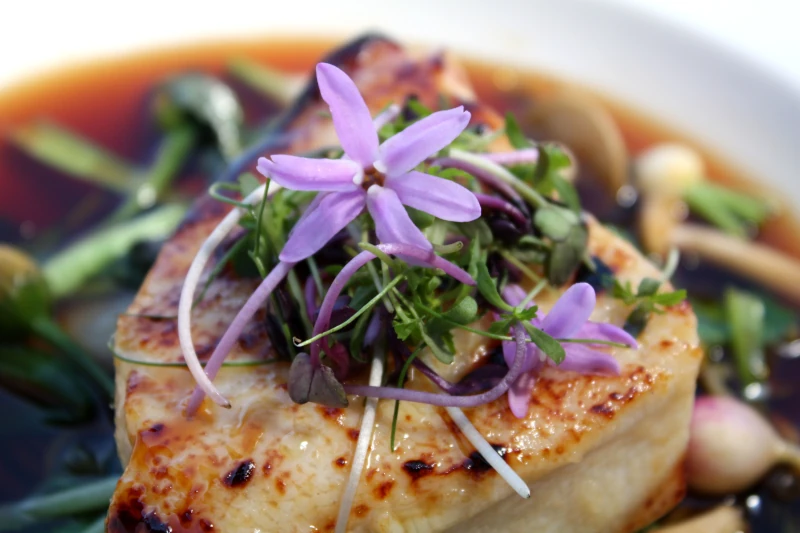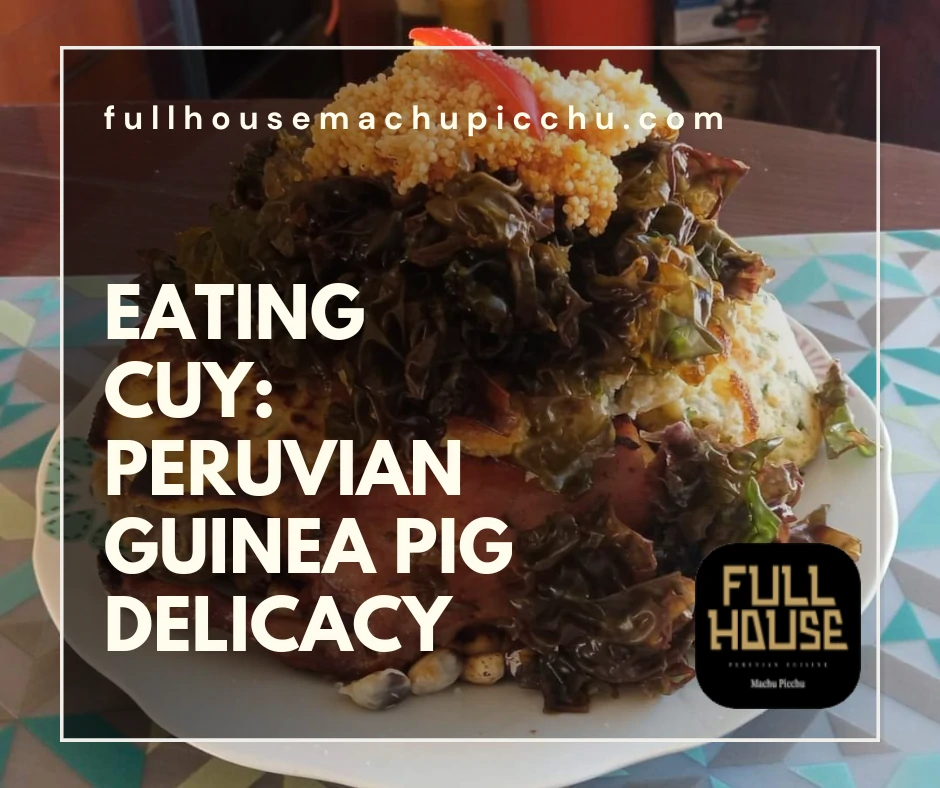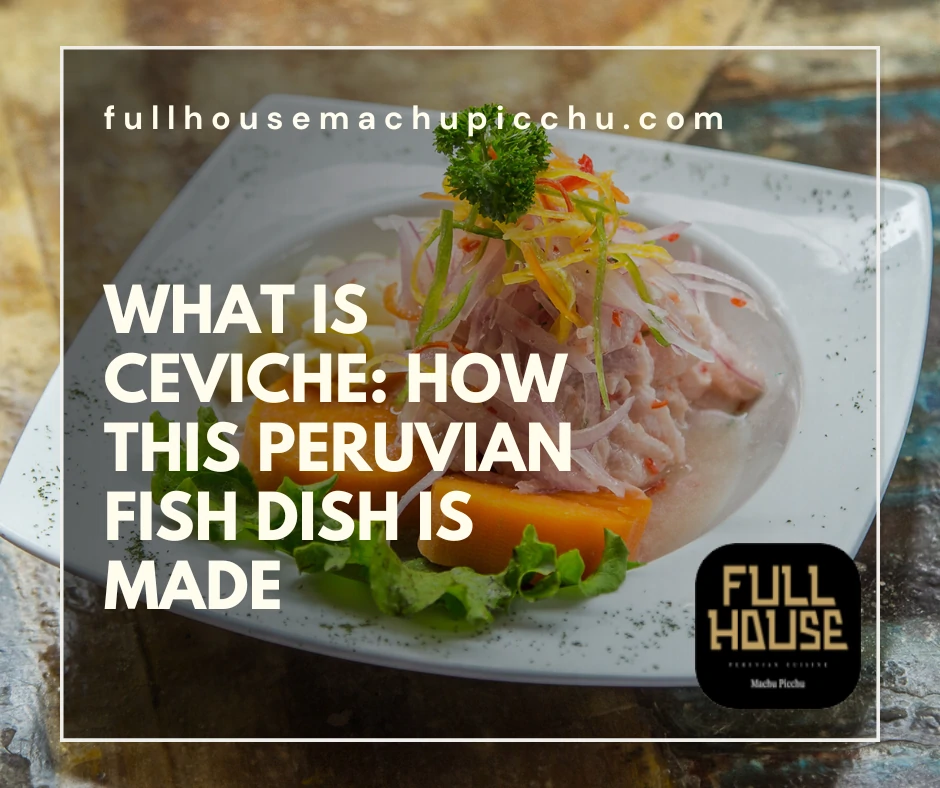Flowers have graced our gardens for millennia. Their vibrant colors and fragrances captivate our senses. But they aren’t just for show.
Many blossoms are more than aesthetic marvels. They are culinary treasures, waiting to be explored. They tantalize both the eyes and the palate.
From salads to desserts, flowers elevate dishes. Their unique flavors and textures surprise and delight. Welcome to the world of edible flowers.
Blossoming culinary creativity: Edible flowers as flavorful ingredients
Edible flowers have transformed contemporary cuisine. Chefs worldwide are harnessing their unique flavors and vibrant colors. Every petal sparks a new culinary idea.
In the past, flowers were mere garnishes. Today, they’re key ingredients in many dishes. Their potential extends beyond mere decoration.
Consider the evolution of Peruvian Vegetarian Cuisine. This trend is incorporating blossoms in innovative ways. For instance, squash blossoms fill with quinoa or cheese.
Violets elevate a simple spinach salad. Hibiscus might serve as a base for delightful sauces.
Traditional Peruvian Dishes have seen a floral renaissance too. Ceviche, usually reliant on fish and citrus, now has floral counterparts. Marigold’s tangy notes give ceviche a unique twist.
Lomo saltado, a stir-fried beef dish, gains depth from chive blossoms. Their mild, onion-like flavor complements the meat perfectly.
Experimentation is the key. Each flower holds its own secret taste. Some offer peppery sparks; others hint at sweetness.
Blossoms don’t just enhance flavor. They bring aesthetic beauty to dishes. A plate becomes a canvas, each flower a brushstroke.
Restaurants embrace this movement wholeheartedly. Diners are eager for new sensory experiences. Edible flowers deliver on all fronts, ensuring a memorable meal.
As global cuisine evolves, flowers will play a bigger role. Their influence isn’t just fleeting; it’s blossoming. Expect to see more flowers on your plate soon.
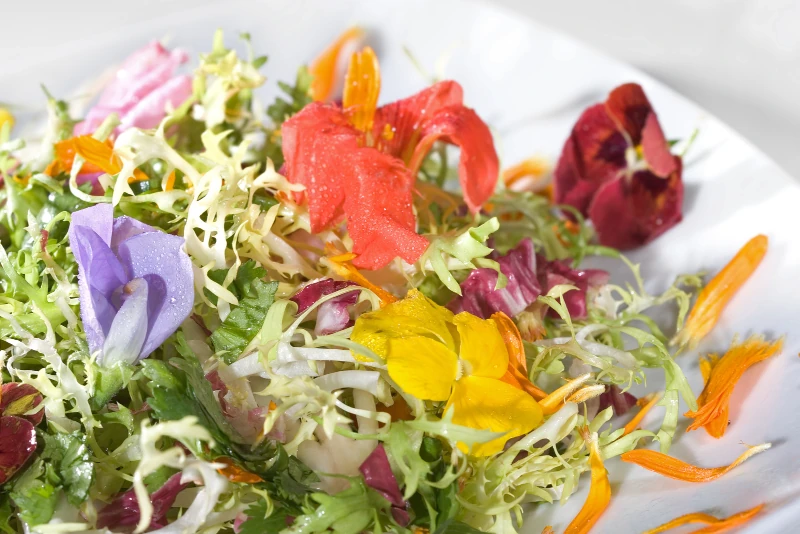
Culinary artistry meets nature’s beauty: Presenting edible flowers
Nature’s bounty is vast and varied. Among its gifts, edible flowers stand out brilliantly. Chefs are now unlocking their potential.
These vibrant blossoms introduce unique flavors. They also offer a visual feast on every plate. Their appeal goes beyond mere aesthetics.
Historically, we’ve used flowers in various forms. They’ve been teas, infusions, or simple garnishes. Now, they hold center stage in many dishes.
Peruvian Food And Cultural Identity exemplifies this trend. Edible flowers have found their way into many traditional dishes. The integration is seamless and beautiful.
For instance, nasturtiums, native to Peru, are making waves. Their peppery taste enlivens salads and stews alike. Meanwhile, orchids garnish drinks and desserts, providing elegance.
The Rich Flavors Of Peru aren’t limited to herbs and spices. Now, flowers enrich this flavorful palette. They accentuate, modify, and elevate each dish they grace.
Yet, it’s not just about flavor. The visual appeal of edible flowers is undeniable. A rose petal on a dessert or violet in a salad captivates the diner.
Globally, chefs are expanding their floral repertoire. Lavender infuses desserts with a sweet, fragrant twist. Chive blossoms give a mild onion touch to savory dishes.
Moreover, flowers are versatile. They can be fried, stuffed, pureed, or used fresh. Each preparation method unveils new taste dimensions.
The culinary world has embraced nature’s art. Edible flowers are not just a trend. They are a testament to nature and culinary innovation intertwined.
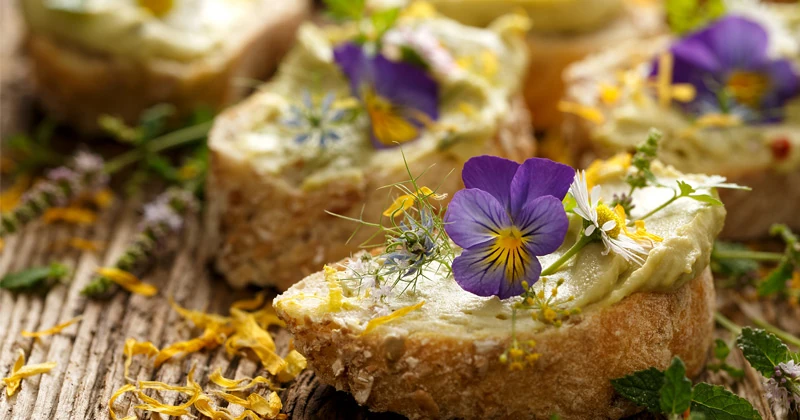
Beyond decoration: Nutritional and sensory aspects of edible flowers
Edible flowers have long graced our plates. Yet, many view them as mere decorative elements. This perception is changing rapidly.
Beyond their aesthetic appeal, flowers nourish. Many are packed with vitamins, minerals, and antioxidants. Their nutritional profiles often surprise health enthusiasts.
Take marigolds, for instance. They are a source of lutein, zeaxanthin, and other vital nutrients. Similarly, roses provide vitamin C, essential for skin health.
Nasturtiums offer more than a peppery kick. They’re rich in vitamin C, iron, and manganese. Every petal contributes to our wellness.
But the allure doesn’t stop with nutrition. The sensory experience is unparalleled. Each flower introduces a unique flavor profile.
Violets possess a sweet, floral note. Hibiscus brings tartness, ideal for drinks and sauces. Chrysanthemums have an earthy, herbal essence relished in teas.
Pairing these flavors with food is an art. When done right, they enhance or contrast ingredients perfectly. The result is a symphony of tastes and textures.
The aroma also plays a crucial role. The scent of lavender calms and soothes. Jasmine’s fragrance elevates any dish’s aromatic profile.
However, it’s not just about tasting and smelling. Touch is essential. The velvety feel of a petal or the crispness of a blossom enriches the dining experience.
In a culinary era celebrating sensory experiences, flowers fit right in. They cater to our desire for nutrition, flavor, and beauty. All in a single, delicate package.
Ready to embark on a floral culinary journey? Let your senses lead the way. Dive deeper and explore the wonders of edible flowers.
To begin this delicious adventure, take a look over Our Menu. The world of flavors awaits your discovery.
